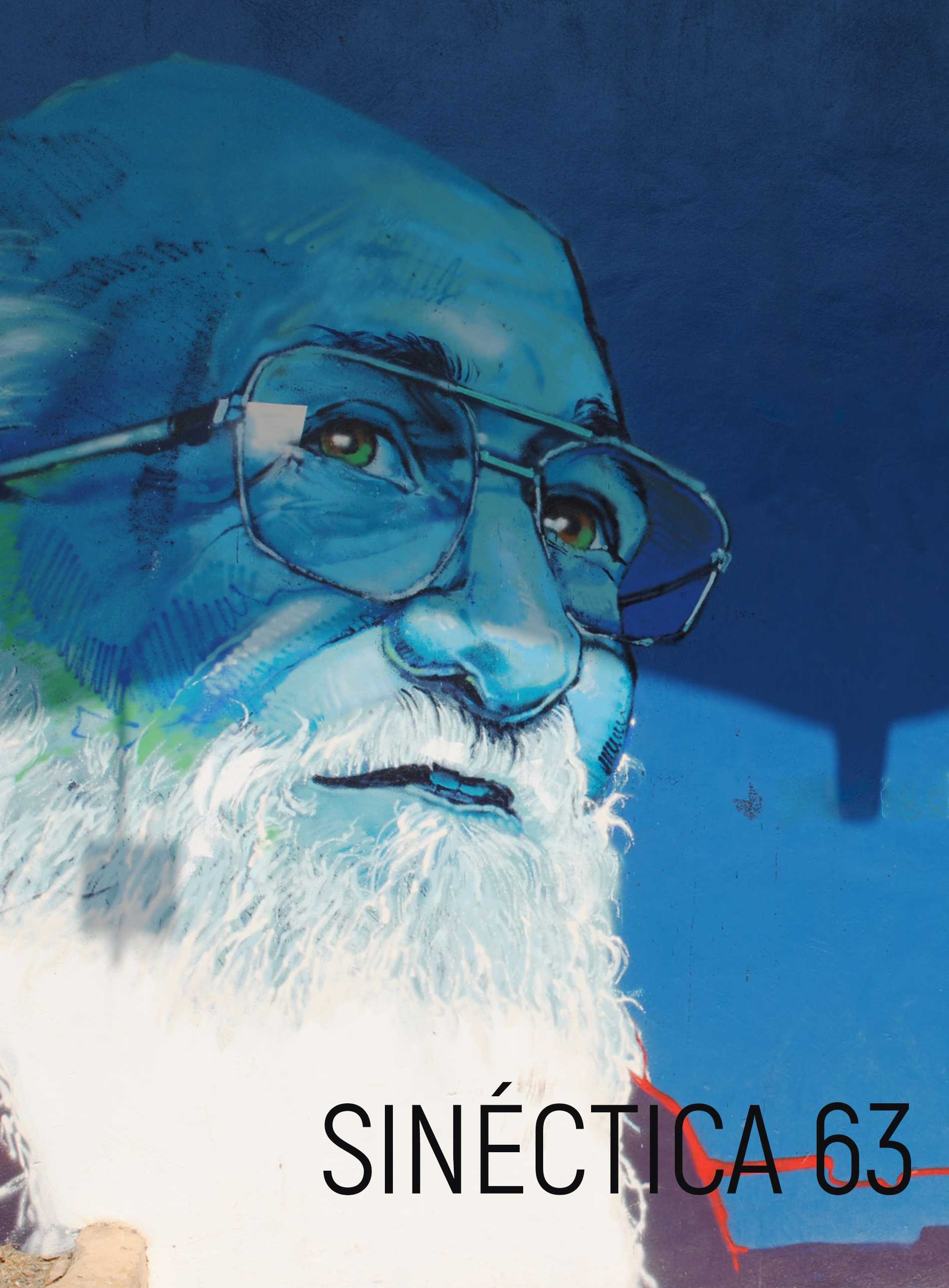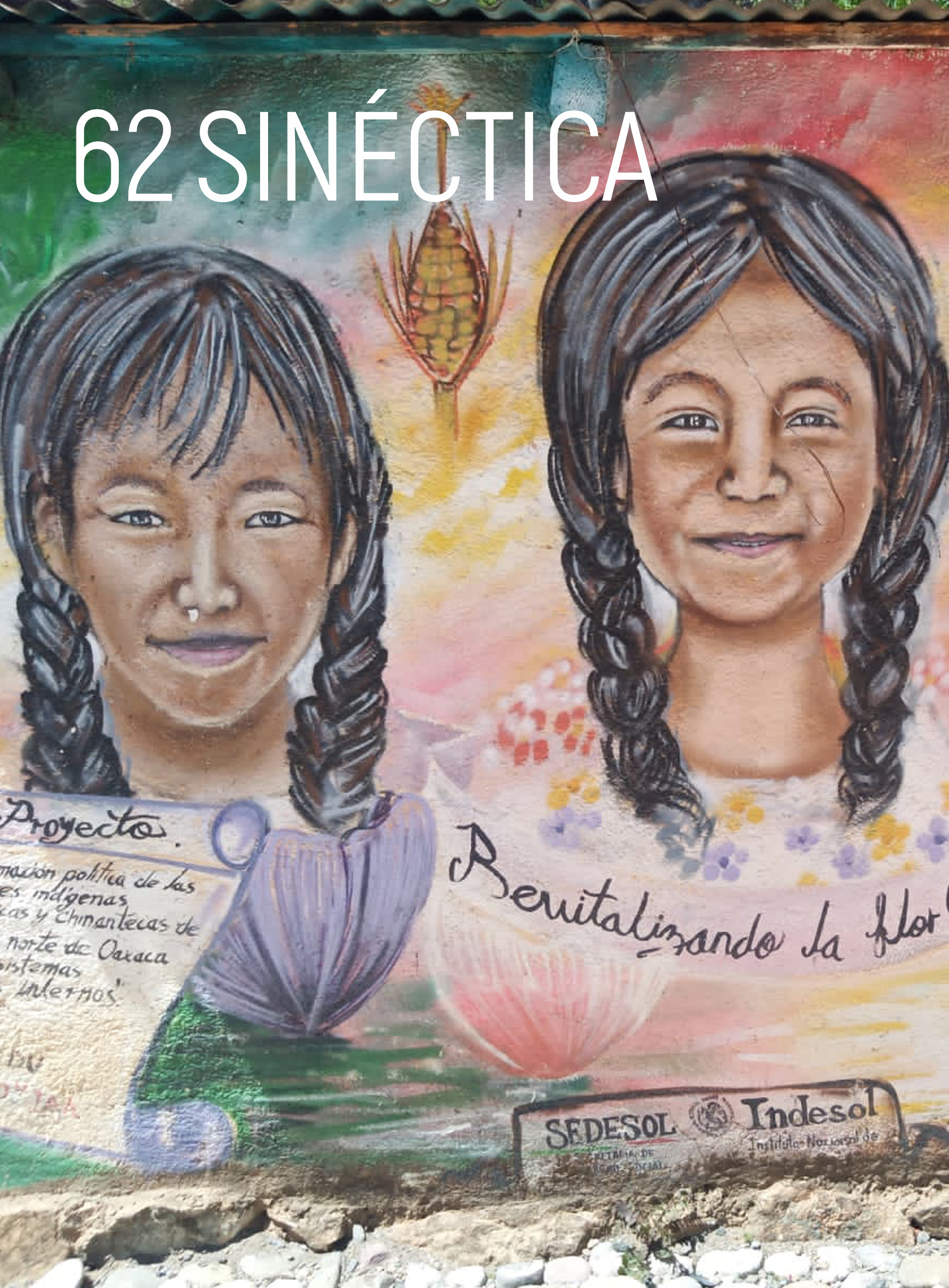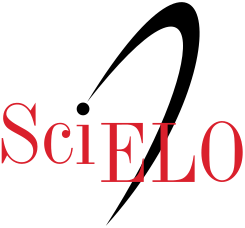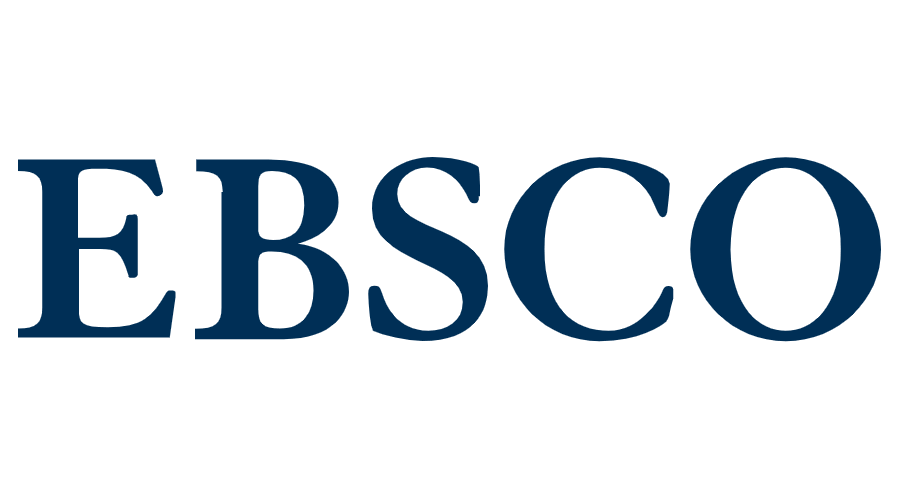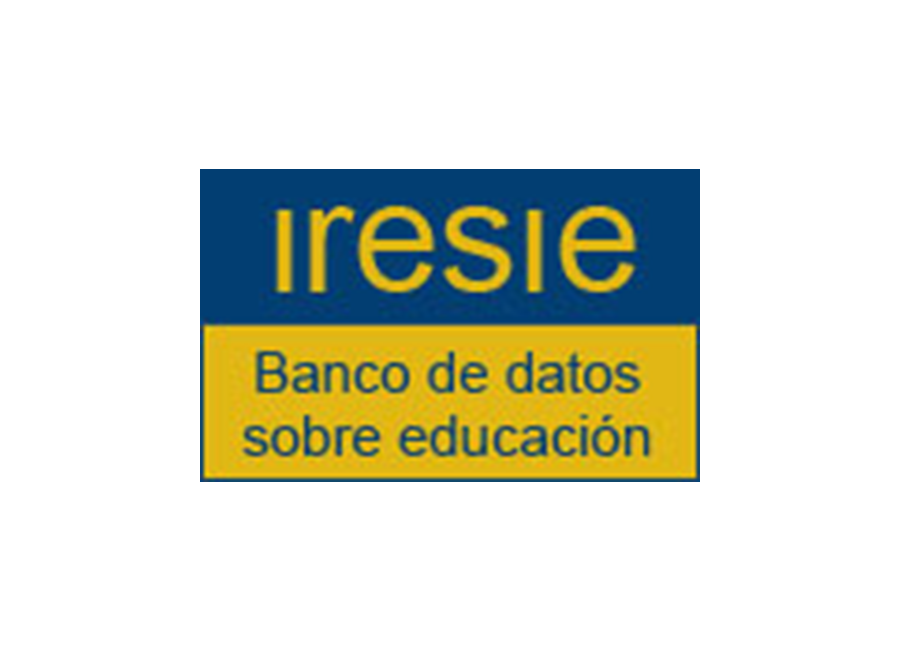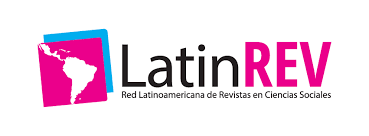Presentación Educación media superior en Iberoamérica: aportaciones a las prácticas y políticas educativas de la región
DOI:
https://doi.org/10.31391/S2007-7033(2018)0051-001Abstract
La educación media superior (EMS), también conocida como bachillerato o secundaria alta, no tiene carácter obligatorio en la mayoría de los países de la región iberoamericana. En las últimas décadas, organismos internacionales de carácter neoliberal han tenido una gran influencia a nivel global respecto a asentar los objetivos para la población en edad de acceder y concluir la EMS; por ejemplo, de acuerdo con la Organización para la Cooperación y el Desarrollo Económicos (OCDE), el objetivo de la EMS es preparar a los estudiantes para continuar su formación superior o ingresar a mercados laborales competitivos. La OCDE señala que en este nivel se consolidan las competencias y los conocimientos básicos de los estudiantes. En la mayoría de los países miembros, la EMS es el nivel de educación más comúnmente alcanzado, lo cual permite mayor empleabilidad y mejor remuneración económica (OCDE, 2012). Sin embargo, los análisis estadísticos y comparativos que este organismo produce tienden a ignorar las características históricas y culturales de cada sistema educativo; a pesar de ello, la OCDE logra modificar y establecer políticas educativas en los ámbitos local, nacional y global (Sellar & Lingard, 2013).
Downloads
References
Busso, M., Bassi, M. & Muñoz, J. (2013). Is the glass half empty or half full? School enrollment, graduation, and dropout rates in Latin America. IDB Working Paper No. IDB-WP-462. http://dx.doi.org/10.2139/ssrn.2367706
Cárdenas, M., De Hoyos, R. & Székely, M. (2015). Out-of-school and out-of-work youth in Latin America: A persistent problem in a decade of prosperity. Economía, vol. 16, núm. 1, pp. 1-40.
INEE (2017). Resultados nacionales de Planea. Educación media superior. INEE. Recuperado de http://www.inee.edu.mx/
Kattan, R. B. & Székely, M. (2017). Analyzing Upper Secondary Education dropout in Latin America through a cohort approach. Journal of Education and Learning, vol. 6, núm. 4, pp. 12-39.
OCDE (2012). Equity and quality in education: Supporting disadvantaged students and schools. OECD Publishing. http://dx.doi.org/10.1787/9789264130852-en
OEI (2014). Miradas sobre la educación en Iberoamericana 2014. Avances en las Metas Educativas 2021. Recuperado de http://www.oei.es/historico/noticias/spip.php?article14386
Raudenbush, S. W. & Eschmann, R. D. (2015). Does schooling increase or reduce social inequality? Annual Review of Sociology, vol. 41, núm. 1, pp. 443-470.
Sellar, S. & Lingard, B. (2013). The OECD and global governance in education. Journal of Education Policy, vol. 28, núm. 5, pp. 710-725.
Downloads
Published
Issue
Section
License
Copyright (c) 2018 Sinéctica

This work is licensed under a Creative Commons Attribution-NonCommercial 4.0 International License.
This work is licensed under a Creative Commons Attribution-NonCommercial 4.0 International license.
Authors who publish in Sinéctica agree to the following terms:
The authors retain copyright and grant the journal the right of first publication of the authorized work simultaneously under a Creative Commons Attribution License, which allows others to share the work as long as both the authorship of the work and the initial publication in this journal are acknowledged.
Authors may enter into additional separate contractual agreements for non-exclusive distribution of the published version of the journal (e.g., publishing in an institutional repository or a book), with acknowledgement of initial publication in this journal.
Authors are allowed to publish their work in institutional repositories or on their own website before and during the submission process, as it may generate productive exchanges, as well as earlier and greater citation of the published work.
Explanatory note: As of 2017 Sinéctica is governed by the Creative Commons Attribution Non-Commercial 3.0 International License, a version that standardizes licenses internationally.
Articles published between 1992 and 2016 are covered by a Creative Commons Attribution-NonCommercial-NoDerivatives 4.0 International license, which allows a work to be shared and distributed non-commercially and with acknowledgement of the author, but prohibits modification of the original creation.




